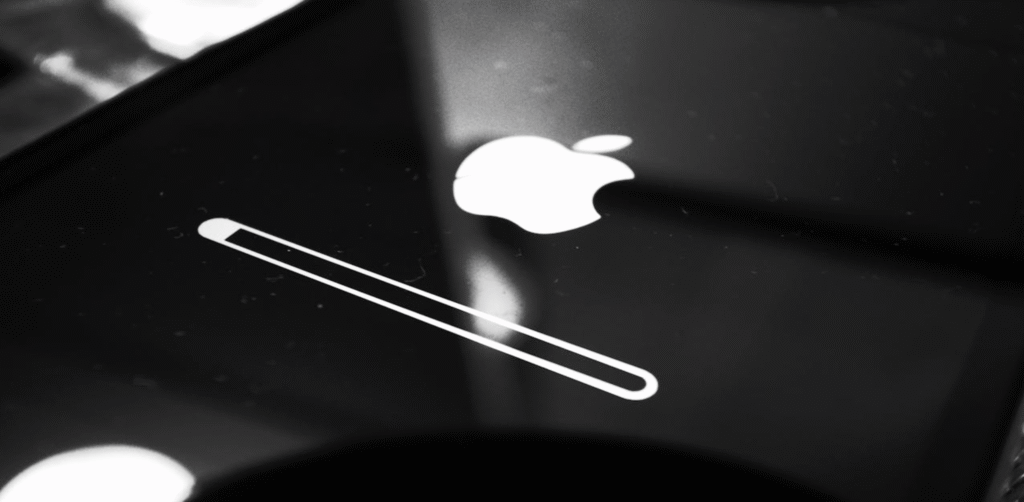A dangerous spyware called Landfall secretly invaded Samsung Galaxy phones across the Middle East, exploiting a hidden flaw to spy on users for nearly a year. This zero-day attack let hackers record talks, track locations, and steal data without victims knowing. What started as a quiet campaign in 2024 raises big questions about mobile security and who might be behind it.
The Landfall Spyware Threat Emerges
Security experts at Palo Alto Networks’ Unit 42 team uncovered Landfall, a powerful spyware tool that targeted Samsung Galaxy users starting in July 2024. The attacks lasted until April 2025, when Samsung patched the flaw after a researcher tipped them off.
Attackers used a critical vulnerability, tracked as CVE-2025-21042, in Samsung’s image processing library to deliver the spyware. They hid the malware in special Digital Negative (DNG) image files, often sent through WhatsApp. Once opened, these files triggered the exploit without any user action, making it a zero-click attack.
The spyware hit users mainly in Iraq, Iran, Turkey, and Morocco. It allowed operators to secretly record conversations, track device locations, capture photos, collect contacts and call logs, and more. Unit 42 found the tool modular, with features for stealth and data theft on high-end models like the Galaxy S22, S23, and S24 series.
This discovery came while investigating similar iOS exploits. Researchers spotted malformed DNG files on VirusTotal, leading them to Landfall’s code.

How the Exploit Chain Worked
The attack relied on crafting DNG images that exploited the Samsung flaw. When a device processed these images, the spyware installed itself quietly.
Unit 42’s analysis showed Landfall included anti-detection tricks. It could spot if researchers were examining it, detect debugging tools, and gain higher privileges to hide better.
The spyware communicated with at least six command and control servers. These had links to past campaigns like Stealth Falcon, which some tie to the United Arab Emirates, though no firm proof connects them directly to Landfall.
This exploit resembled iOS attacks using similar image flaws, pointing to a wider pattern of targeting mobile platforms. WhatsApp reported related bugs to Samsung and Apple, helping to close the gaps.
Attackers optimized Landfall for persistence, letting it download extra payloads and fingerprint devices for tailored spying.
Impacts on Users and Mobile Security
Victims faced serious privacy risks. Landfall could access microphones for recording, pull location data, and grab personal info like call logs and contacts.
For everyday users in the Middle East, this means their phones might have been turned into secret surveillance tools. Governments or agencies often use such spyware against activists, journalists, and opponents.
Here are key features of Landfall that made it so effective:
- Secret audio recording from the device’s microphone.
- Real-time location tracking using GPS data.
- Photo capture without user knowledge.
- Collection of contacts, call history, and other personal files.
Samsung fixed the issue in its April 2025 update, but devices not updated remain at risk. Users should check for patches right away.
This case shows how zero-day flaws can linger, with exploits hiding in plain sight on public sites like VirusTotal for months.
Broader Patterns in Spyware Attacks
Landfall fits a troubling trend of commercial spyware sold to governments and agencies. Tools like NSO Group’s Pegasus and Intellexa’s Predator have targeted people worldwide.
Google noted last year that such actors caused nearly half of zero-days in its products from 2014 to 2023. A recent US court even banned NSO from tampering with WhatsApp for spyware.
The rise of these tools highlights gaps in mobile security, especially in regions like the Middle East where surveillance is common. Unit 42’s report stresses how advanced exploits can evade detection for long periods.
Researchers found overlaps with other campaigns, but the exact source of Landfall remains unclear. It points to private vendors quietly selling offensive tools.
To fight back, experts suggest stronger oversight on spyware sales and faster patching by companies.
| Spyware Tool | Key Features | Known Targets | Developer |
|---|---|---|---|
| Landfall | Audio recording, location tracking, data exfiltration | Middle East users (Iraq, Iran, Turkey, Morocco) | Unknown private vendor |
| Pegasus | Full device access, zero-click exploits | Journalists, activists globally | NSO Group |
| Predator | Surveillance suite, remote control | Political opponents | Intellexa |
This table compares Landfall to similar tools, showing the shared tactics in modern spyware.
The Landfall spyware saga exposes how vulnerable our phones can be to hidden threats, especially in tense regions like the Middle East where surveillance tools thrive. It reminds us that behind every app and image could lurk a spy, urging companies like Samsung to step up defenses and users to stay vigilant with updates. As attacks grow more clever, the fight for privacy feels more urgent than ever, blending fear of unseen watchers with hope for better protections ahead. What do you think about this spyware risk to everyday phone users? Share your thoughts in the comments, and spread the word by sharing this article with friends on social media. This topic is trending on X with hashtags like #LandfallSpyware and #SamsungAttack, so join the conversation and share using #LandfallSpyware to keep the discussion going.
